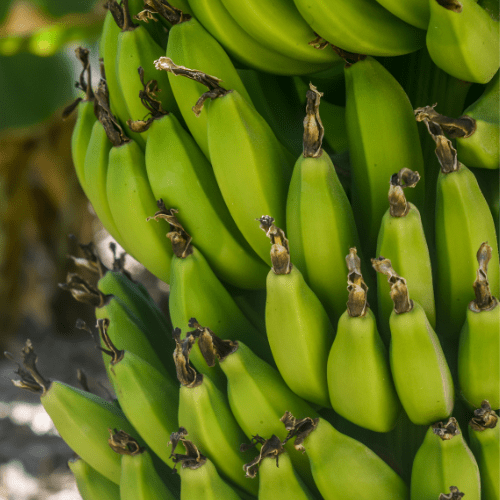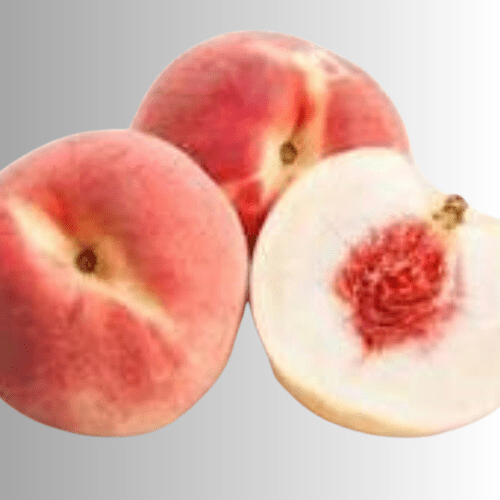Position
Bananas prefer full sun or partial afternoon shade. The Williams banana tree is not tall, so it can withstand strong winds better than other cultivars.
Size
A mature Williams banana tree is between 2.5 and 3 mts tall and spreads between 1.8 and 2.4 mts.
Soil
Well-drained soil with a pH range of between 6.5 and 8.
Use potting soil if growing your tree in a container. You could use your garden soil or a mixture of compost and potting soil to grow in the ground. Our volcanic rock dust is great for keeping your soil in optimal condition for a banana tree.
Watering
Keep the soil around your banana tree moist to ensure the roots do not dry.
Mulching
Add a thick layer of pine bark mulch, keeping it about 20 to 30 centimetres away from the tree trunk (any closer may cause excess moisture and damage the trunk). This will retain the moisture in the soil and will prevent weeds from taking over.
Fertilising
Apply 1 teaspoon of our slow-release nitrogen-rich berry fertiliser every 4-5 months.
Pruning
Remove damaged or worn leaves to keep your tree in tip-top shape. Pruning stimulates the growth of new leaves.
Pests and Diseases
Aphids, citrus psylla, red scale, citrus greening. Spraying regularly with Agricultural Neem Oil or Effective Microorganisms (EM Control ) will assist in either prevention or after the fact. If you already have aphids or mites, wash the tree with a harsh hosing, and when dry, spray with Neem oil or EM Control.
Practice good garden hygiene (remove fallen fruit and leaves).
Watch for root rot (if overwatered) and fungal infections during wet periods.
Harvesting
From the time the flowers appear to the time the fruit is mature, it is usually 75 to 80 days. They are ready to pick when the fruit on the upper section changes from green to light green/yellow. The fruit will also have begun to plump up. Remember that bananas can also be used at various stages – even green bananas.






